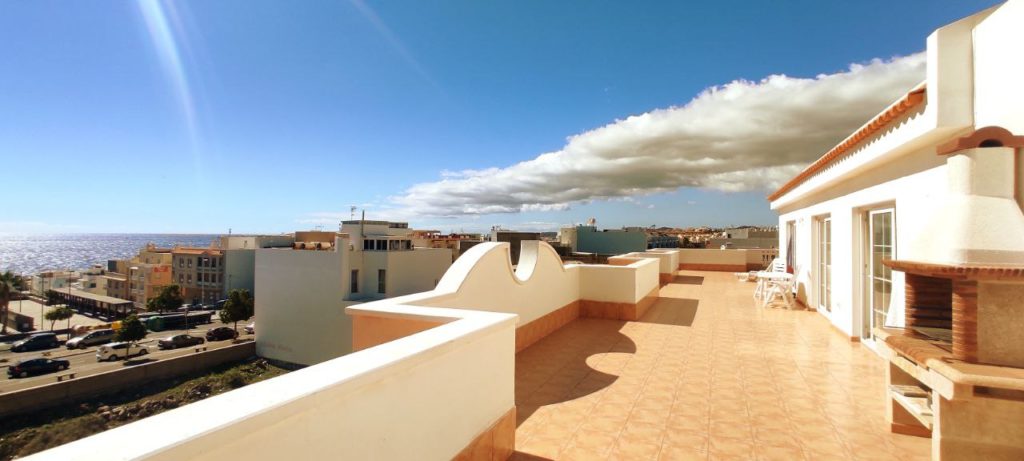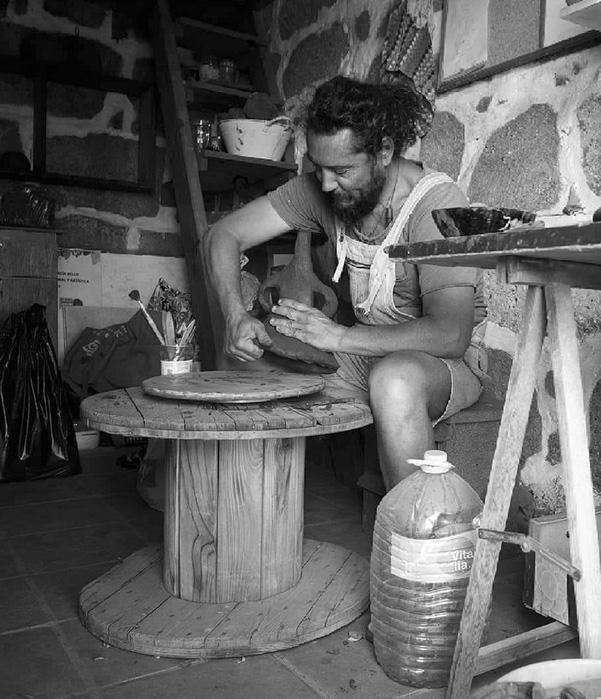Vagabonds
Table of Contents
Introduction
In the ever-evolving vocabulary of travel, terms like tourist, nomad, wanderer, and vagabond are often tossed around, sometimes interchangeably. But do they really mean the same thing? At Vagabonds Coliving, we believe each term carries its unique spirit of adventure and exploration, especially when it comes to the concept of a vagabond. Let’s dive into what sets these terms apart and explore the significant role vagabonds play in reshaping the dynamics of travel, migration, and workation.
Context
The world is witnessing a shift towards remote work and digital nomadism, revolutionizing the traditional concepts of travel and living. This evolution has breathed new life into the meanings and implications of being a tourist, nomad, wanderer, and, most intriguingly, a vagabond.

Is there Any Difference Between a Tourist, Nomad, a Wanderer, and a Vagabond?
- Tourist: Typically, tourists are travelers who visit places for leisure, sightseeing, or experiencing the offerings of a destination within a short time frame. They usually stick to well-trodden paths and attractions.
- Nomad: Digital nomads take this a step further by blending work and travel. They move from one place to another, leveraging technology to work remotely, not bound by a fixed home or office.
- Wanderer: Wanderers travel for the sake of traveling, with no fixed destination or plan. Their journeys are often open-ended and driven by a desire to explore and experience the world at their own pace.
- Vagabond: Here’s where the narrative takes a unique turn. Vagabonds are solo nomads venturing into non-explored or not-trending places. They not only travel but integrate into new environments, bringing fresh skills and perspectives. They’re the pioneers, creating pathways for others by initiating a stream of movement towards decentralization and sustainability.
Jorin, a guy from a big city
Imagine a vagabond venturing into a small, unnoticed town with rich cultural heritage but lacking in digital infrastructure. By choosing to stay, work, and contribute to the local economy, the vagabond sets a precedent. Soon, what was once a hidden gem becomes a hub for remote workers and digital nomads, all thanks to that initial act of exploration and integration.

Vagabonds Coliving’s Point of View
At Vagabonds Coliving, we see vagabonds as the vanguard of the digital nomad movement. They’re not just passing through; they’re engaging with communities, sharing knowledge, and fostering mutual growth. It’s about creating a symbiotic relationship between newcomers and locals, ensuring that the point of view from the original place isn’t overshadowed but enhanced by the destination.
we are…
Consider a coliving space in a coastal village newly discovered by a vagabond. This space becomes a melting pot for digital nomads, artists, and entrepreneurs, transforming the village into a vibrant, sustainable community. The initial vagabond’s journey becomes a milestone, showcasing how integration and humble traveling can rejuvenate and enrich both the newcomers and the host community.
Vagabonds coliving




Others Talking about vagabonds
The narrative of vagabonds is being echoed by travelers, bloggers, and influencers, highlighting the importance of respectful and meaningful travel. Stories of vagabonds aiding in the development of remote schools or contributing to local economies exemplify the positive impact this form of travel can have.
Story V travel & lifestyle where Hannah and Dan explain what is a vagabond:
https://storyv.net/define-vagabond-what-is-a-vagabond/
Why a Coliving Makes Sense on This?
Coliving spaces are the perfect reception points for vagabonds and digital nomads alike. They offer a blend of community, flexibility, and sustainability, making them ideal for those looking to integrate and contribute to their new environments. By fostering collaboration and exchange, colivings embody the spirit of the vagabond, creating a foundation for a more decentralized and equitable world.



Regenerative coliving
A coliving space in a mountain town, initiated by a vagabond, now hosts a diverse community of remote workers, fostering collaborations that range from tech startups to sustainable farming projects. This example illustrates how coliving can be a catalyst for community-driven innovation and integration.
Sende is one of the oldest rural coworking & coliving spaces on the planet. A “modern” office with beds where we host creative professionals and freelancers from around the world to work online. Read here how they worked on it:
https://www.sende.co/blog/how-we-installed-fast-internet-in-our-tiny-village
Conclusion
The distinctions between a tourist, nomad, wanderer, and vagabond are profound, with each embodying a unique approach to travel and exploration. The vagabond, however, stands out by not just exploring but by weaving new narratives of community, sustainability, and mutual growth. At Vagabonds Coliving, we celebrate this spirit and invite you to be part of the journey. Check our catalog of activities, experiences and workshops. Whether you’re looking to explore uncharted territories or integrate into new communities, remember that it’s about more than just travel; it’s about making meaningful connections and leaving a positive footprint wherever you go.